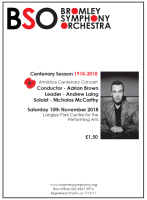These pages contain programmes and recordings of most of our recent performances. In addition, a list of every piece we have performed since 1960 is on the repertoire page and a history of the orchestra is on the about page.
Many of the sound recordings in this archive were recorded by students on the Tonmeister course at the University of Surrey, for which we are very grateful. Note that explicit approval is required for any photography or recordings, since we must have the consent of everyone involved and pay any extra fees incurred.
Click the programme covers to download the complete programme in PDF format. You can use a browser plugin such as Video & Audio Downloader to download audio and video recordings (start playing the recording to make it appear in the list).
Saturday 9th March 2024 at 19:30
Bizet L’Arlésienne Bizet’s L’Arlésienne Suites are a crowd- pleasing mix of Gallic charm, Provençal folksong and hits from The Pearl Fishers. They follow Debussy’s fleet-footed, subtle and alluring Jeux, and Franck’s poignant and ultimately triumphant D Minor Symphony. |
Saturday 20th January 2024 at 19:30
Walton Violin Concerto The ‘victory through strife’ of Tchaikovsky’s iconic Fifth is probably the stand-out here, but Rawsthorne’s characterful Street Corner Overture opens the show, with Walton’s most luscious concerto (for violin) in the middle. |
Saturday 11th November 2023 at 19:30
Rachmaninov Piano Concerto No. 4 Debussy Prélude à l’après-midi d’un faune An evening of wonderfully varied textures, with Berlioz’s effervescent Béatrice et Bénédict balanced by Rachmaninov’s jazz-influenced Fourth Piano Concerto and Debussy’s languorous Prélude à l’après-midi d’un faune. Dvořák’s tuneful Fifth Symphony forms the finale. |
Saturday 13th May 2023 at 19:30Delius Violin Concerto Dvořák’s Scherzo Capriccioso, Delius’ sunny violin concerto, and Sibelius’ masterful Sixth form our season finale – with ‘Last Night of the Proms’ favourite Karelia Suite as encore. This season’s concerts are supported by the generosity of the ESG Robinson Charitable Trust. Dvořák Scherzo Capriccioso
Delius Violin Concerto Sibelius Symphony 6 Sibelius Karelia Suite |
Saturday 11th March 2023 at 19:30
Tchaikovsky Francesca da Rimini In our third concert, Beethoven’s beloved Sixth (‘Pastorale’) Symphony is preceded by the final work from our composition competition, and by Tchaikovsky’s lusciously romantic symphonic fantasy – Francesca da Rimini. This season’s concerts are supported by the generosity of the ESG Robinson Charitable Trust. |
Saturday 21st January 2023 at 19:30
Mahler’s awe-inspiring Sixth – of which Berg wrote, ‘There is only one Sixth, Beethoven’s notwithstanding’ – forms the backbone of our second concert. The brilliant Amy Yule, principal flute in the Hallé, is showcased in the Brahmsian Reinecke flute concerto. This season’s concerts are supported by the generosity of the ESG Robinson Charitable Trust. |
Saturday 12th November 2022 at 19:30Elgar Cello Concerto Vaughan Williams Sinfonia Antartica
Supported by the Vaughan Williams Charitable Trust |
Saturday 11th June 2022 at 17:30As a bonus, our children’s concert features Rossini’s lively “William Tell” overture, themes from the Harry Potter films, and Paul Patterson’s clever and winningly dramatic Red Riding Hood. Note: This is an additional concert, outside our regular seaon. Tickets for this concert cost £5 for under 18s, £15 for adults. |
Saturday 14th May 2022 at 19:30Our final concert of the 2021/22 season represents catnip for romantics: Respighi’s Fountains of Rome is followed by a ten- minute work by a finalist in our composers’ competition (Robert Ely). Afterwards, the prizewinning Callum Smart delivers Korngold’s rhapsodic violin concerto. What could possibly follow that, except for Dvořák’s “New World” Symphony? Adrian Brown interviewed about this concert on BBC radio – excerpt from The Dominic King Show 12th May 2022 |
Saturday 12th March 2022 at 19:30
Horovitz Concerto for Euphonium Mendelssohn Overture A Midsummer Night’s Dream In our third concert, Horovitz’s virtuosic yet engaging Concerto for Euphonium (with rising star Robbie Henderson) is framed by two overtures: Nicholai’s jovial Merry Wives of Windsor and Mendelssohn’s irresistible Midsummer’s Night’s Dream. Bruckner’s shortest and perhaps most classical symphony completes the concert. |
Saturday 22nd January 2022 at 19:30
Vaughan Williams The Lark Ascending Vaughan Williams English Folk Suite Redolent of the glories of the English countryside, our second concert begins with Vaughan Williams’ glittering “Wasps” Overture. We then feature the wonderful Emily Davis in the much-loved Lark Ascending (and in Longworths’ delicate tribute to the same). Bax’s gloriously powerful Sixth Symphony encompasses the second half. (“The work marches irrevocably from point to point with the inevitability of mastery.” – its first review.) |
Saturday 13th November 2021 at 19:30
Bartók Piano Concerto No 3 Our season opens with Beethoven at his grandest – Leonora Overture No. 3 – followed by Beethoven at his most intimate – his wind octet. Then the gifted Rustam Khanmurzin plays the folksong inspired Third Concerto for piano by Bartók. Mendelssohn’s scintillating Scottish symphony wraps up the concert with a Celtic flourish! |
Saturday 17th July 2021, 17:30 and 20:00
Elgar Sea Pictures Beethoven Symphony No 5 in C Minor Socially-distanced concert with two performances in one day so as many of you can attend as possible. Tickets (for these concerts only) are priced at £15 (under 18s free but they need to “buy” a ticket). Please note that no refreshments will be served and there will be no interval. |
Saturday 14th March 2020 at 19:30The March concert opens with the Syrian-influenced Bacchanal by Florence Anna Maunders (from our composers competition). This is followed by Tippett’s joyful Concerto for Double String Orchestra, his most popular work, with hints of Bartók, folk idioms and the blues. Prokofiev’s Fifth Symphony concludes. (The composer: ‘a hymn to Man’s noble spirit – it filled my soul.’) Maunders – Bacchanale |
Saturday 25th January 2020 at 19:30
Vaughan Williams Symphony No 6 Tchaikovsky 3rd Orchestral Suite Our second concert begins with Mozart’s effervescent Overture to the Magic Flute, followed by Vaughan Williams’ deeply felt Sixth Symphony. The programme concludes with Tchaikovsky’s vivid and lyrical Third Orchestral Suite. Mozart Vaughan Williams Tchaikovsky Mov 1 Tchaikovsky Mov 2 Tchaikovsky Mov 3 Tchaikovsky Mov 4 (partial) |
Saturday 9th November 2019 at 19:30ADRIAN BROWN 40TH ANNIVERSARY CONCERTTo launch Adrian Brown’s 40th Season with Bromley Symphony Orchestra, the programme for our first concert is a repeat of Adrian’s first concert with us in 1980. Berlioz’s thrillingly vital overture Le Corsaire is followed by Brahms’ eloquent Violin Concerto, with Michael Foyle, one of the UK’s finest violinists, as soloist. The only departure from the 1980 concert is the glowing work Proem composed by John Senter, an old friend of Adrian’s, from our composers’ competition. We conclude this celebration with Sibelius’ expansive and aspirational Fifth Symphony. |
Saturday 18th May 2019 at 19:45Centenary Finale |
Saturday 16th March 2019 at 19:45Reed Symphony for Strings Elgar’s rollicking recreation of Edwardian London leads into the tuneful Symphony for Strings by his friend, the long-term LSO leader and Bromley Symphony conductor William (‘Billy’) Reed. Ein Heldenleben, Strauss’ autobiographical, lavishly romantic and richly-textured tone poem, showcases our own leader, Andrew Laing, in the second half. Reed – Symphony for Strings |
Saturday 26th January 2019 at 19:45
Beethoven Piano Concerto No 1 in C major Mahler Symphony No 1 in D major Mozart’s small-but-perfectly-formed Symphony 32 precedes the internationally renowned John Lill, who joins us in Beethoven’s First Piano Concerto. Then, Mahler’s monumental First Symphony (the ‘Titan’), which exemplifies his comment: ‘To write a symphony is, for me, to construct a world.’ Mahler Symphony No 1 in D major |
Saturday 10th November 2018 at 19:45
|


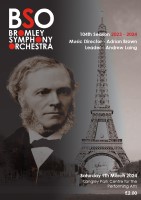
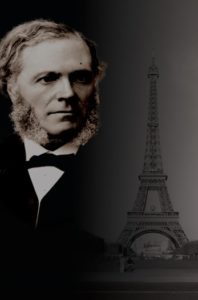 Franck
Franck 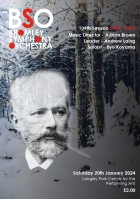
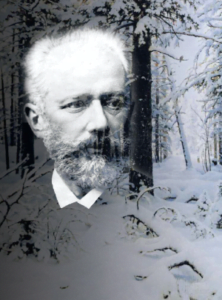 Rawsthorne
Rawsthorne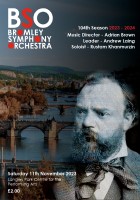
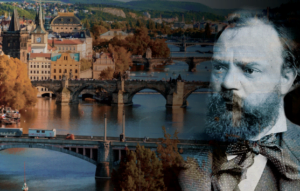 Berlioz
Berlioz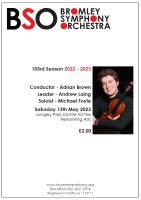
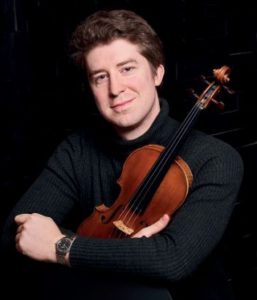 Dvořák Scherzo Capriccioso
Dvořák Scherzo Capriccioso 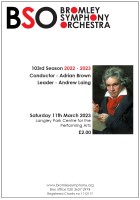
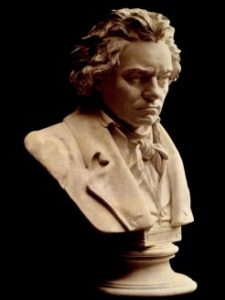 Beethoven Symphony 6 ‘Pastorale’
Beethoven Symphony 6 ‘Pastorale’ 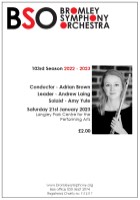
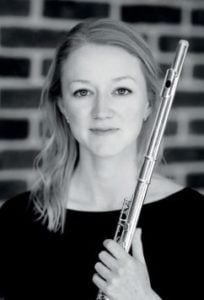 Reinecke Flute Concerto
Reinecke Flute Concerto 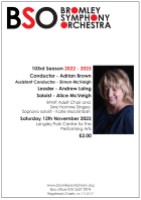
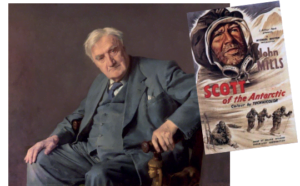 Smyth The Wreckers
Smyth The Wreckers 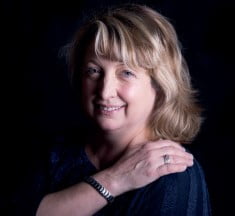 In honour of Vaughan Williams’ 150th anniversary, his atmospheric and monumental Sinfonia Antartica features for November. Elgar’s immortal cello concerto will be performed by Alice McVeigh, herself celebrating 40 years leading our cello section. Smyth’s dramatic overture opens this intensely English concert.
In honour of Vaughan Williams’ 150th anniversary, his atmospheric and monumental Sinfonia Antartica features for November. Elgar’s immortal cello concerto will be performed by Alice McVeigh, herself celebrating 40 years leading our cello section. Smyth’s dramatic overture opens this intensely English concert.
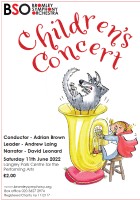
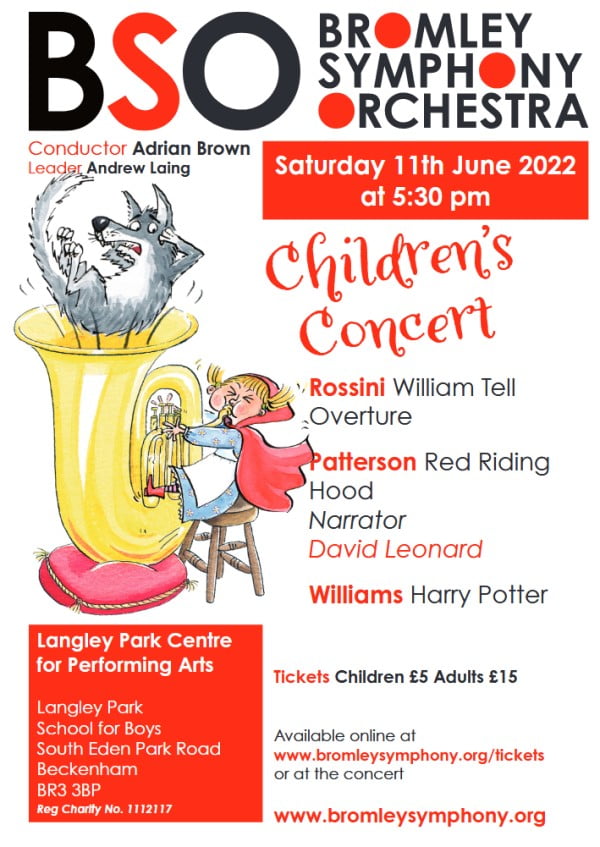
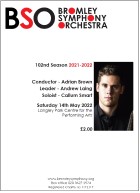
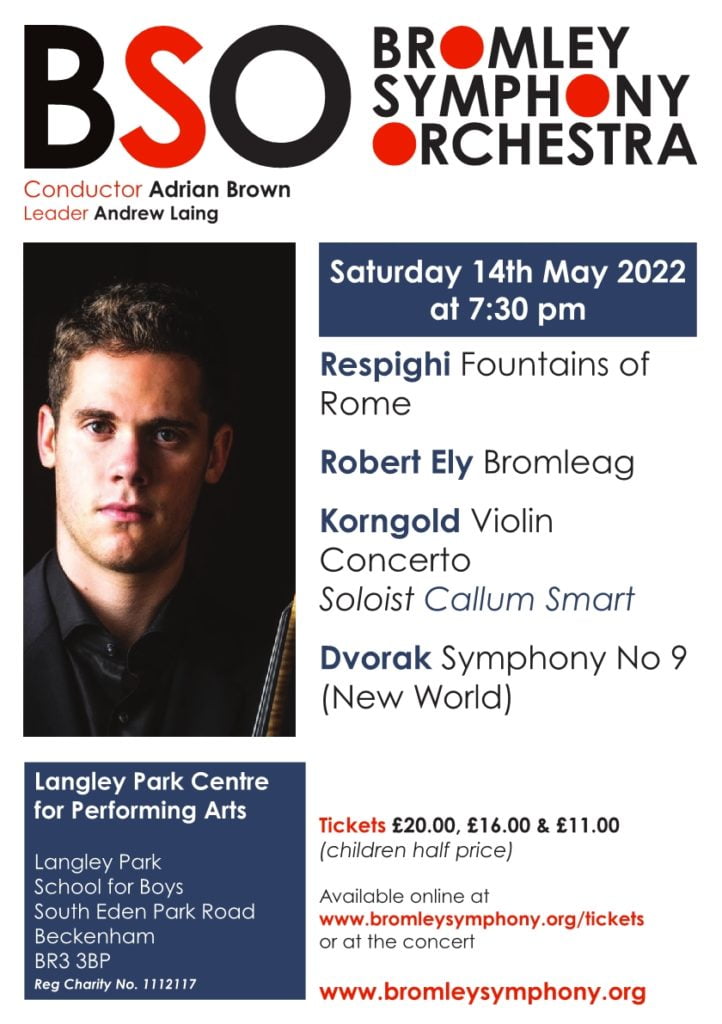
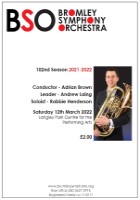
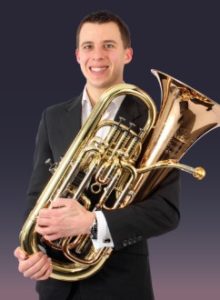
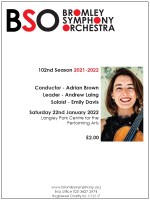
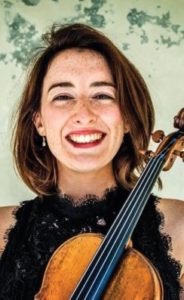
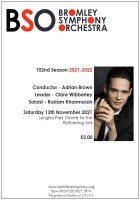
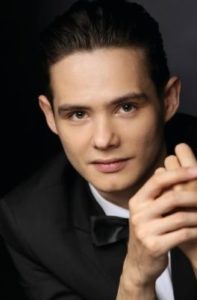
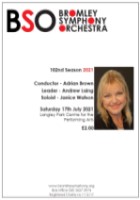

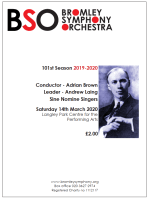
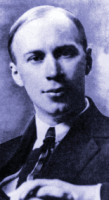
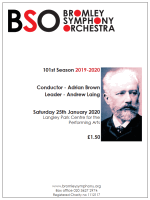
 Mozart Overture to The Magic Flute
Mozart Overture to The Magic Flute 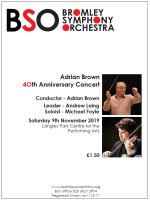
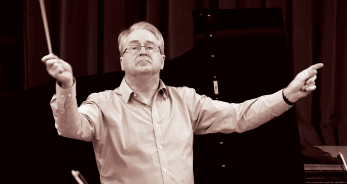
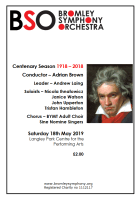
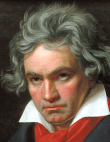
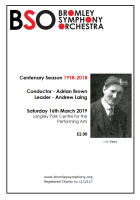
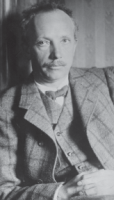
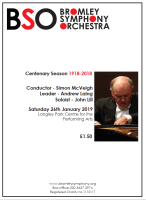
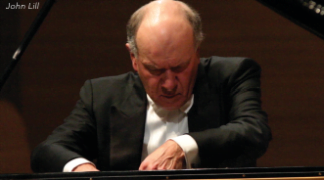 Mozart Symphony No 32 in G Major
Mozart Symphony No 32 in G Major 